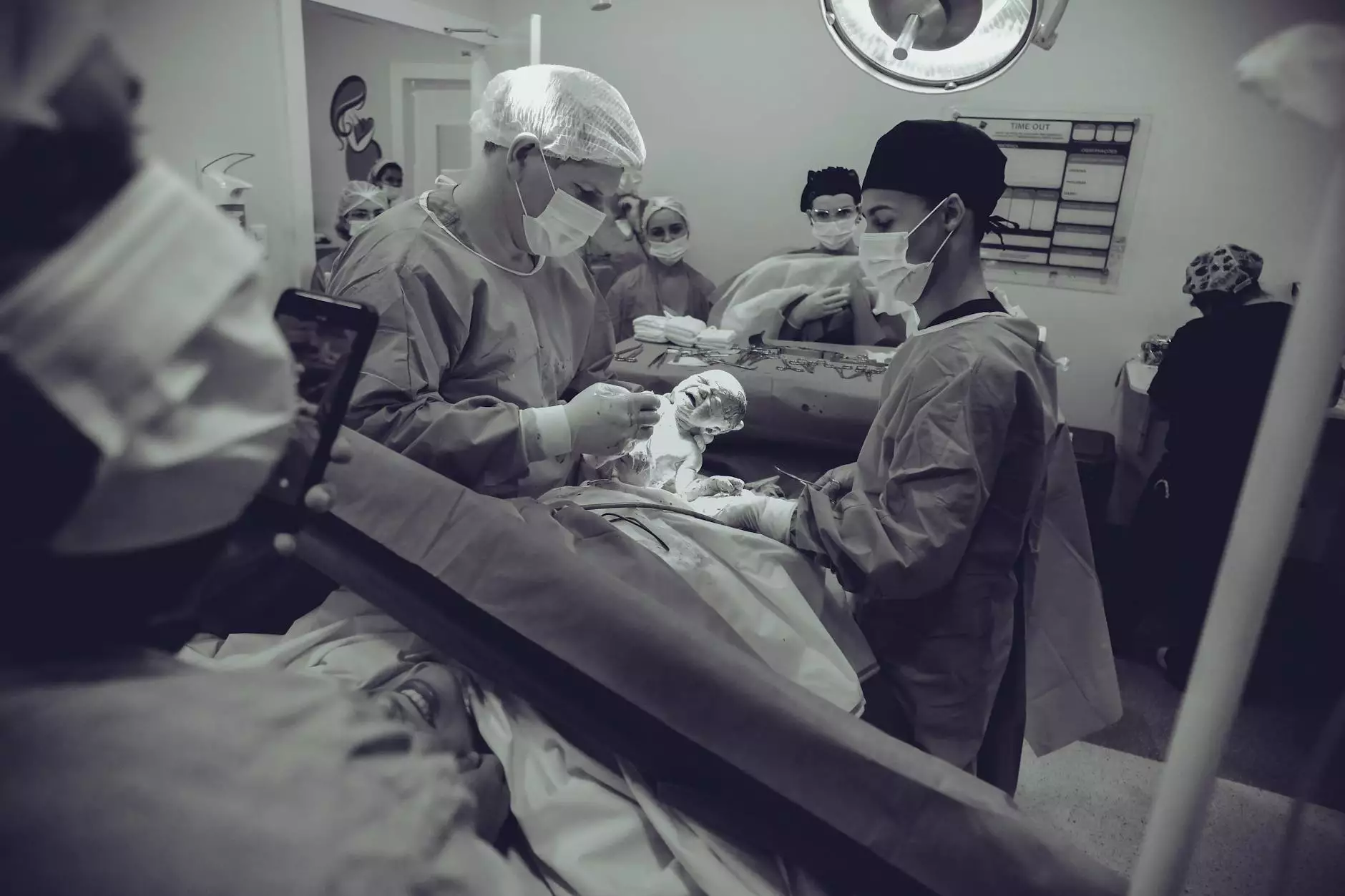Understanding Salpingo Oophorectomy: A Comprehensive Guide

The term salpingo oophorectomy, derived from Greek, refers to a significant surgical procedure that involves the removal of the ovaries and the fallopian tubes. With roots in the words salpingos (tube) and oophoron (ovary), this procedure is crucial in the field of women's health, particularly in the management of certain medical conditions. In this article, we will delve into various aspects of salpingo oophorectomy, including its indications, procedural steps, recovery, and benefits associated with the surgery.
What is Salpingo Oophorectomy?
Salpingo oophorectomy is primarily performed to address various health complications that can arise in the female reproductive system. It can be categorized into unilateral (one ovary and one fallopian tube are removed) and bilateral (both ovaries and both fallopian tubes are removed) depending on the specific medical necessity. Understanding when this procedure is indicated is essential for patients and healthcare providers alike.
Indications for Salpingo Oophorectomy
There are several medical conditions that may lead to the recommendation of a salpingo oophorectomy. Some of the more common indications include:
- Ovarian tumors: Benign or malignant growths that arise from the ovaries.
- Endometriosis: A painful condition where tissue similar to the lining inside the uterus grows outside of it.
- Ovarian cysts: Fluid-filled sacs on the ovary that can cause pain and other complications.
- Preventive measures: In women with a high genetic risk for ovarian cancer, such as BRCA mutation carriers, the procedure may be considered to reduce cancer risk.
- Pelvic inflammatory disease (PID): Chronic infections that could lead to serious reproductive health issues.
The Procedure: What to Expect
Understanding what to expect during a salpingo oophorectomy can help alleviate anxiety for patients considering this surgery. The procedure generally follows these steps:
- Preoperative preparation: This includes consultations, imaging studies, and discussions about anesthesia and pain management.
- Anesthesia: The patient will receive either general anesthesia or regional anesthesia, depending on the procedure's complexity.
- Surgical approach: Surgeons may opt for an open surgery or laparoscopic approach. Laparoscopic surgery typically involves smaller incisions and quicker recovery times.
- Removal: In either approach, the surgeon carefully removes the affected ovary and fallopian tube(s). If there are additional concerns, further procedures may be performed.
- Closure: The incisions are closed using sutures or surgical glue, depending on the method used.
Recovery Process
Recovery after a salpingo oophorectomy can vary based on individual health and the extent of the surgery. Here are some general guidelines:
- Hospital stay: Patients may need to stay in the hospital for one to three days, especially after open surgery.
- Pain management: Postoperative pain is common, and doctors will provide medications to help manage discomfort.
- Activity limitations: Patients are usually advised to avoid strenuous activities for several weeks.
- Follow-up appointments: Regular follow-up visits are essential to monitor recovery and address any complications early.
- Emotional support: Recovery can be emotional, and accessing support groups or counseling can be beneficial.
Benefits of Salpingo Oophorectomy
Though salpingo oophorectomy is a major surgery, many patients find significant benefits following the procedure:
- Relief from symptoms: Many women experience relief from chronic pelvic pain, heavy menstrual bleeding, and other troubling symptoms.
- Reduced cancer risk: For those at high risk for ovarian cancer, the removal of the ovaries significantly lowers the chances of developing the disease.
- Improved quality of life: By addressing underlying reproductive health issues, patients can have a better quality of life post-surgery.
- Preventive health option: Provides a proactive approach for those with hereditary risks to make informed health decisions.
Potential Risks and Complications
As with any surgical procedure, understanding the potential risks of a salpingo oophorectomy is crucial:
- Infection: Risk of infection at the incision sites or internally.
- Bleeding: There may be excessive bleeding during or after surgery.
- Fertility considerations: Removing both ovaries leads to infertility, and patients should discuss fertility preservation options if that is a concern.
- Hormonal changes: Early menopause symptoms may occur if both ovaries are removed, requiring management strategies.
Conclusion
Salpingo oophorectomy is a critical procedure in the field of gynecology that addresses various women’s health issues effectively. Understanding this surgery, its indications, potential benefits, and associated risks is essential for patients considering this option. For those seeking further understanding or considering the procedure, consulting a healthcare professional like those at drseckin.com is a prudent step.
Further Resources
For more in-depth information regarding salpingo oophorectomy and related gynecological health issues, refer to these resources:
- American College of Obstetricians and Gynecologists - Offers guidelines and educational materials for patients.
- A Cancer Companion - Resources for understanding cancer risks and preventive health.
- Planned Parenthood - Provides information on reproductive health options.









